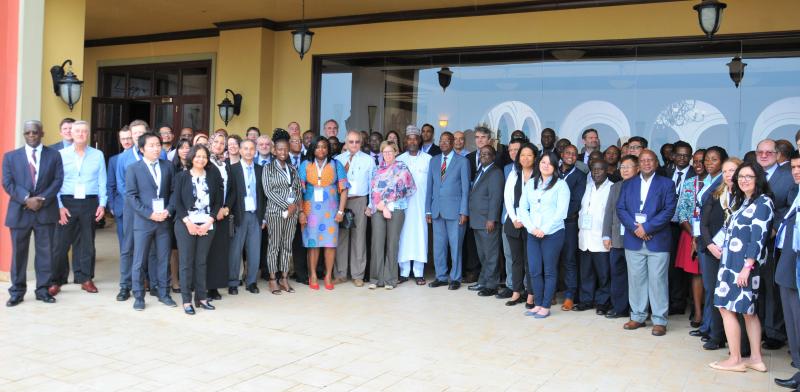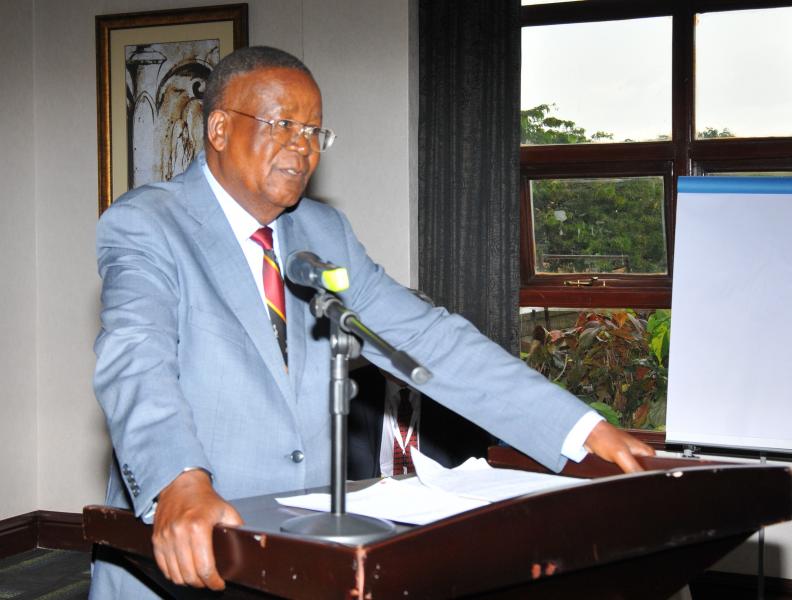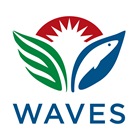
The fourth Forum on Natural Capital Accounting for Better Policy took place in the backdrop of alarming evidence that natural resources are under considerable strain. Earlier this year, the Global Assessment Report on Biodiversity and Ecosystem Services and the IPCC Report on Climate Change and Land pointed to land use change having the largest negative impacts on nature. This Forum’s theme was measuring and valuing natural capital for improved landscape management and it was co-organized by the World Bank, United Nations Statistics Division (UNSD), the Government of Netherlands, and the Government of Uganda.
The Forum was held in Kampala on 18 and 19 November 2019 and it brought together over 100 high-level participants including government representatives from developing and developed countries, as well as organizations working on Natural Capital Accounting (NCA), environmental-economic policy, and sustainable landscape management to explore the options and potential benefits of bringing Integrated Landscape Management (ILM) and NCA closer together. To enable a richer discussion, a background paper was prepared by PBL, the Netherlands Environmental Assessment Agency, and circulated before the Forum.

The need by countries for clear direction and solid metrics to understand the drivers of change and to make better informed decisions on policy and investments has never been more urgent. This sentiment was echoed by Mr. Ephraim Kamuntu, Minister of Tourism, Wildlife and Antiquities of Uganda while opening the Forum, "There are over 100 delegates representing various governments and institutions from countries around the world present here today. This demonstrates the growing interest in the concept of Natural Capital Accounting and how it can in turn inform policy and sustainable management of our natural resources leading to sustainable development.’’
Participants discussed how NCA and ILM could work together to accelerate national agendas, such as land use planning and protection of ecosystem services, and to report on international goals and targets, such as the Bonn Challenge, the Paris Agreement on Climate Change, and the post-2020 Global Biodiversity Framework. They also acknowledged that both NCA and ILM are relatively new concepts but whose combined impact has not been explored as yet.
To start bridging this information gap and explore ways to bring together the worlds of NCA and ILM, two keynote presentations were given by leading experts in each of these fields. In her keynote on national wealth and the role of natural capital, Ms. Glenn-Marie Lange of the World Bank urged the participants to look beyond the numbers, “NCA doesn’t just come up with values. It allows us to know who will be affected - who are the losers, who are the winners. It also can help to identify the interventions needed for reform.”
Mr. Tim Christophersen of UN Environment in his keynote on landscape policy issues and approaches said, “In general, we are not managing our landscapes well. NCA can enable us to measure both the short- and long-term costs of value creation, value extraction, and value destruction in the landscape. This would help us propose better solutions that could help mitigate landscape degradation.”
To figure out how NCA and ILM could work together from a country perspective, it is important to understand the comparative advantage provided by each of the two approaches. We heard from various experts, including Mr. Ken Bagstad (US Geological Survey), Ms. Sophie Kutegeka (International Union for Conservation of Nature), Ms. Fabi Randrianarisoa (Government of Madagascar), and Mr. Barakalla Robyn (World Resources Institute), who presented innovative methodologies for land use management using ARIES model, ROAM, ILM, and NCA, respectively.
Participants appreciated that NCA provides a structure that delivers consistent, standardized and comparable information regularly; helps to track trends; has a home – the System of Environmental-Economic Accounting (SEEA) as the international statistical standard; and its stakeholders are well understood. ILM was said to be flexible, decentralized, participatory, and can be adapted to inform a specific decision or intervention. Likening the relationship of NCA and ILM to a courtship, presenters acknowledged that although there is need for greater cooperation and harmonization on language and even simple terminologies, NCA and ILM are complimentary, and that a marriage of the two tools could be mutually beneficial.
The second day saw presentations from countries around the world. These gave a glimpse of how countries are using NCA in decision making and the challenges they face in doing so. In Guatemala, forest and ecosystem services accounts are being used for climate change simulation. Mr. Ottoniel Monterroso, director of IARNA, said that forest and ecosystem services accounts were important in identifying forest restoration areas in Guatemala. He added, “We also used the forest and ecosystem accounts to explain the importance of forest at the national level and to lobby for a budget increase for the National Forestry Institute.”
The participant from China, Mr. Zhiyun Ouyang, shared China’s ambition to establish ecological civilization for the 21st century, extensive efforts to assess and map ecosystem services in China have been put in place with the ambition to calculate Gross Ecosystem Product (GEP) defined as the aggregate value of ecosystem services, to complement the measurement of the GDP. As part of the Natural Capital Accounting and Valuation of Ecosystem Services (NCAVES) project in China, GEP methodology is being reviewed with the objective of aligning the scope, coverage and methodology with the SEEA. Furthermore, Ms. Amanda Driver from South Africa, also part of the NCAVES project, presented the early highlights from South Africa’s new national land and ecosystem accounts as well as efforts of using the SEEA accounts to inform integrated land management.
Uganda shared the progress that it has made by drafting the national plan and producing water and land accounts and incorporating NCA into the next edition of the national development plan. “The Uganda constitution requires us to promote and protect natural resources for the benefit of present and future generations. To do this, we need to know the value of our natural capital and the economic costs of its degradation,” said Ephraim Kamuntu, Ministry of Tourism, Wildlife and Antiquities for Uganda.
In Madagascar, data from accounts produced under the WAVES programme were used in a model to inform ILM interventions supported by the PADAP project (co-financed by the World Bank). The encouraging results provide insights for countries who are yet to begin or are experiencing challenges: the message was clearly; “just to do it – continuous improvement is better than delayed perfection.”
At the end, participants agreed that NCA and ILM can help add sound metrics to evidence-based policy making but more work is required. There is need to explain NCA to the landscapes community in order to create a shared vocabulary; create joint pilots to establish proof of concept; create a platform to share success stories to inspire other countries; educate decision makers on how well ILM and NCA can work together to influence more joint projects and funding; and continue the dialogue established by this conference to share experiences, learning, and networking.
The work done at this Forum was timely. Events and campaigns coming up in the next year such as – COP 15 of the Convention on Biological Diversity (CBD) in 2020, UN Decade on ecosystem restoration, Decade of SDGs, IUCN World Conservation Congress, and UN Ocean Conference, provide opportunities for use of NCA and for continued engagement.
The fourth Forum on Natural Capital Accounting for Better Policy was filled with ample opportunities to explore, learn, discover and leave inspired. After two intense days of discussions, participants were taken on a tour of Mabamba wetland to see the services that the wetland provides to the community around it.
